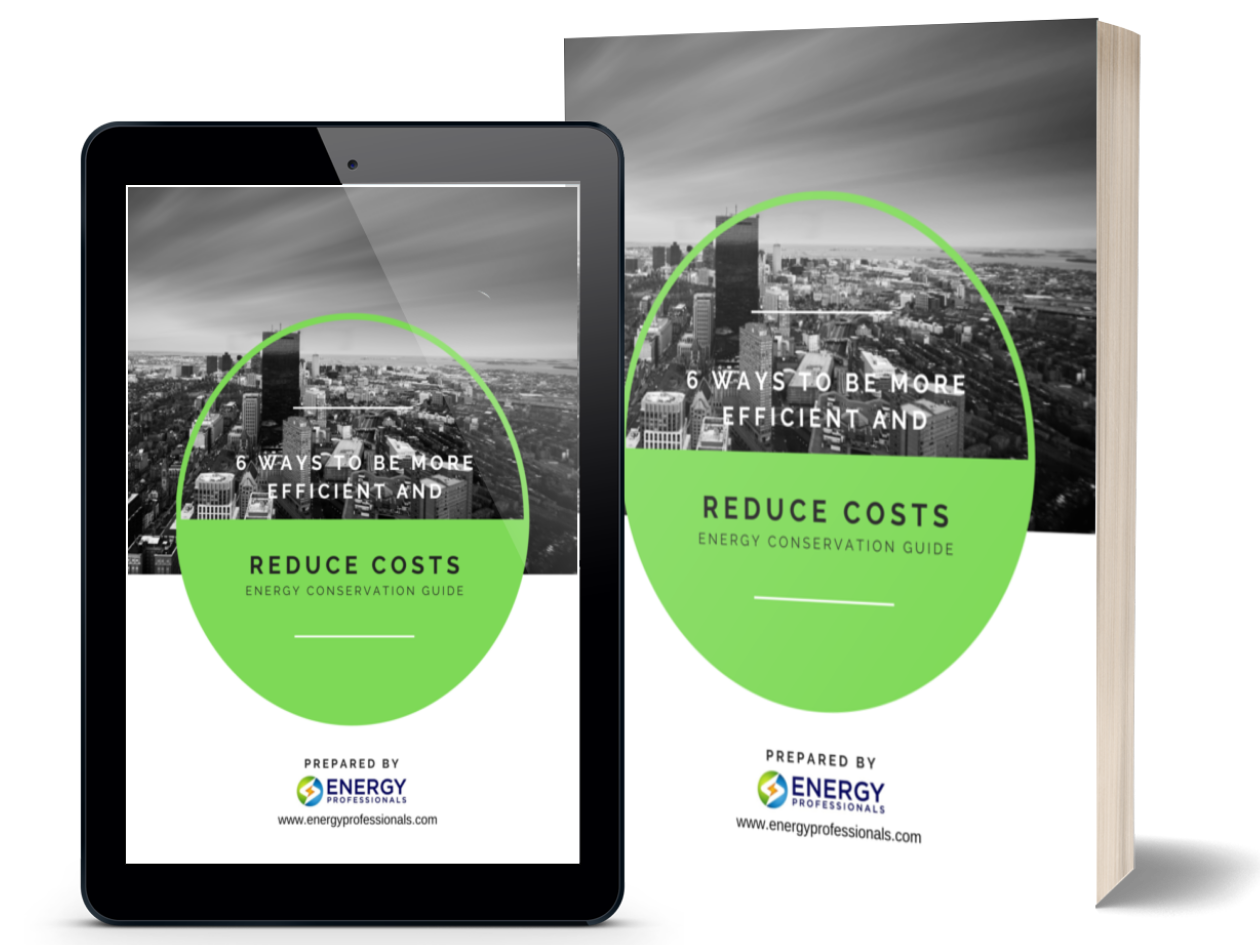Energy Update | 30 Nov, 2020
Is Natural Gas in the Early Stage of a Long-Term Bull Market? https://youtu.be/hEr4DaskAxg In my Oct 27th Energy Update, I

Is Natural Gas in the Early Stage of a Long-Term Bull Market? https://youtu.be/hEr4DaskAxg In my Oct 27th Energy Update, I
In my Oct 27th Energy Update, I said we were likely in the early stages of a cyclical bull market and based on the EIA’s long-term production and demand estimates we will experience Natural Gas supply deficits in 2021, increasing the risk of higher prices long-term. Therefore, I recommended securing fixed rates prior to the winter heating season.
In my Nov 11th Energy Update, I said mild weather in November resulted in Natural Gas pulling back from recent highs and should be considered a buying opportunity.
I explained that during cyclical bull markets it was not uncommon for Natural Gas to experience pullbacks due to mild weather as shown in the following 5-year chart:
The brief pullback in June 2016, was due to mild weather prior to the Summer cooling season, but as demand increased in the Summer, prices increased. This year we also experienced a decline due to mild weather in November, but as demand increases this Winter prices will likely increase.
In today’s report, I present further empirical evidence of why we likely are in the early stage of a cyclical bull market.
Over the last 20 years, Natural Gas has only been below $2.50 per MMBtu 3 times, in 2001, 2012 and 2016.
As you can see in the above chart, the previous 3 times Natural Gas was below $2.50 per MMBtu it preceded extended periods of higher prices.
The question is, why were prices higher for extended periods when they briefly were below $2.50 per MMBtu, and should we expect history will repeat itself today and prices will be higher for an extended period?
The answer can be found by understanding how producers of Natural Gas respond to price extremes. When prices are high, they are motivated to increase production, and in response, demand declines until prices collapse. Conversely, when prices are low, producers are motivated to decrease production and in response, demand increases until prices spike higher.
As I have pointed out in previous reports this is precisely what is taking place today with the collapse in active Oil & Gas rigs. Baker Hughes reported last Friday, active Oil and Gas rigs were down 64% and 41% year-over-year. The sharp decline in active Gas rigs will obviously adversely affect Gas production, but the huge decline in active Oil rigs accelerates the decline in Gas production since approximately 40% of Gas production is the byproduct of associated Gas from Oil rigs.
Therefore, it is not surprising the EIA is forecasting Natural Gas supply deficits in 2021, which increases the risk of higher prices. This historical perspective should help you understand why, based on today’s cyclical price patterns, the long-term upside risk is substantial at this time.
Over the last 20 years, Natural Gas has only been below $2.50 per MMBtu 3 times, in 2001, 2012 and 2016, and it always preceded extended periods of higher prices. Based on the empirical evidence delineated in this report, I believe Natural Gas and Electricity prices are poised to increase long-term, and it is wise to secure energy agreements near present price levels. In the near-term, weather factors will influence the direction of energy prices, but the downside reward potential of lower prices short-term is minimal versus the upside risk of higher prices long-term.
Not every client’s risk tolerance and hedging strategy is the same, but the above report will help you put into perspective the risk/reward opportunities. I invite you to call one of our energy analysts to help you plan a hedging strategy appropriate for your situation.
Ray Franklin
Energy Professionals
Senior Commodity Analyst


Don't have one? You can get one by calling us at 855-4-PKIOSK.
Energy Professionals is committed to finding its customers the best possible rates on electricity and natural gas. Tell us your location and service type and our energy manager will connect you to the most competitive offers.
Switching to an alternate supplier is easy. There is no chance of service disruption, and you'll continue with your current utility for energy delivery and emergency service. Take a few minutes to discover your best offers, and enjoy the benefits of retail energy in your home or business.
1. Energy Type
2. Service Type
3. Zip Code
4.Local Company
5.Zone
We believe that knowledge is power. Here’s a free e-book that provides business solutions to reducing energy costs.
Download E-Book Free Energy Audit




